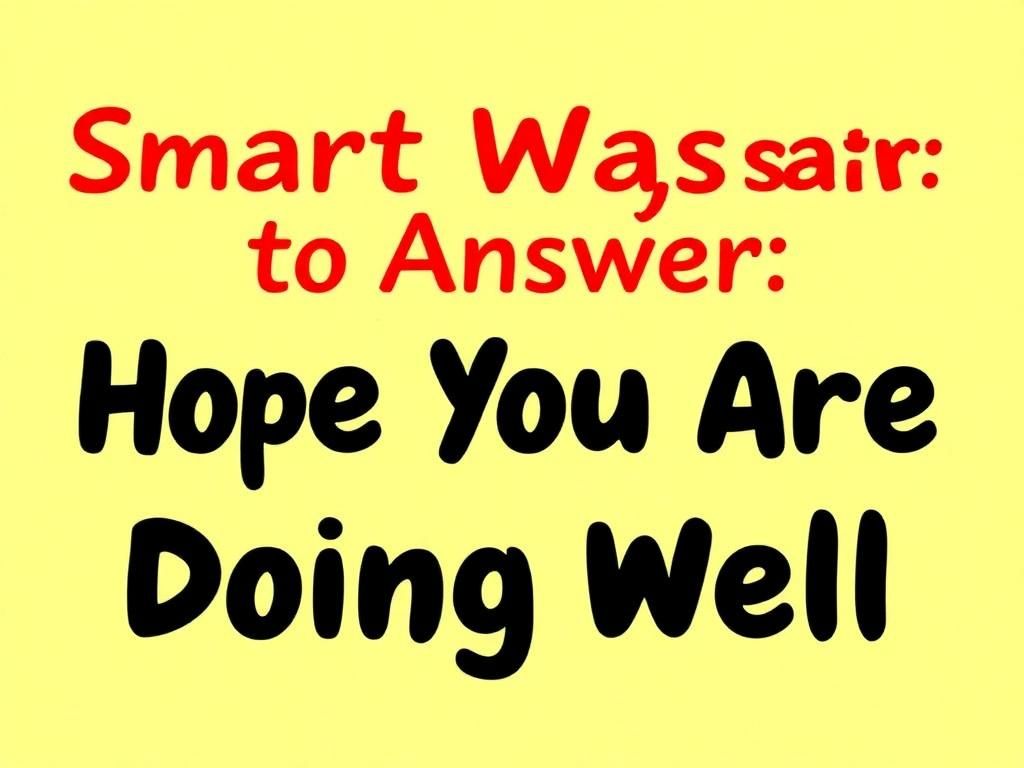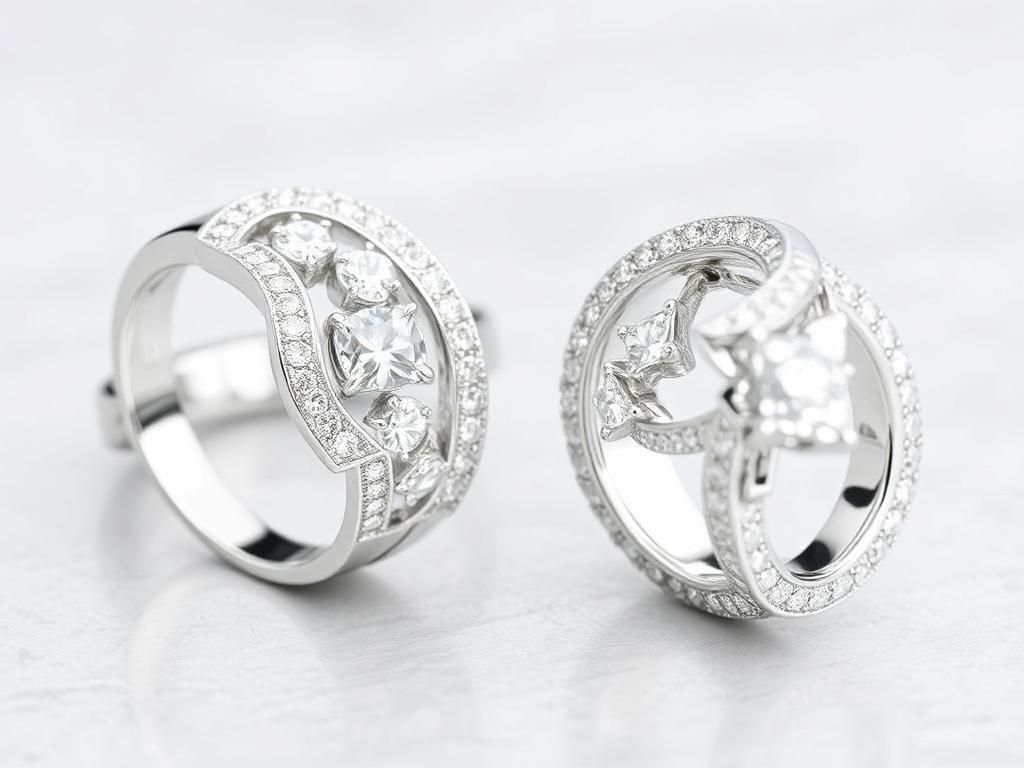The phrase “Hope you are doing well” is frequent in both casual and professional correspondence. It serves as a greeting or a polite way to check on someone’s well-being before delving into the main topic of discussion. Understanding the significance of this phrase can enhance your social and professional interactions. In our fast-paced lives, effective communication becomes crucial, allowing us to build relationships and express ourselves more clearly.
This article will offer guidance on how to respond to “hope you are doing well”, emphasizing various contexts and relationships. We will explore how to tailor your response according to the sender, the type of communication, and the situation.
Understanding the Context
Casual vs. Professional Communication
The tone and formality of your response can vary significantly depending on whether you are engaged in casual or professional communication. In casual contexts—like emails or texts exchanged with friends and family—you might adopt a relaxed tone that invites personal sharing. Conversely, in professional settings, a more reserved and polite approach is appropriate.
For example, if a friend texts you saying, “Hope you are doing well!”, a casual reply might be: “Thanks! I’m good, just keeping busy. What about you?” In a professional email, a fitting response might be: “Thank you for your kind message. I am doing well and hope the same for you.”
Assessing the Relationship
The nature of your relationship with the sender should significantly influence your response.
– **Friends and Family**: When responding to loved ones, informality is usually welcome. You can share more personal details, show humor, and even discuss emotions.
– **Colleagues and Business Partners**: In a professional context, stick to a respectful tone. Keep your responses brief, but consider adding a personal touch if it fits your relationship.
– **Acquaintances**: For those you know less well, maintain professionalism while being cordial. It’s a good opportunity to foster stronger connections, but avoid overstepping.
For work-related correspondence, an example response could be: “I appreciate your message. Things are going well, thank you! How about you?”
Timing and Situation
The timing of your response can affect how your message is received. Consider the situation surrounding the sender’s inquiry:
– **After Significant Events**: When someone messages you after a life event (such as a promotion or personal matter), this is a chance to express solidarity.
– **During Difficult Periods**: If you know the sender is going through a tough time, your response might reflect understanding and empathy.
For instance, you might say: “Thanks for your message. I’m doing well, just got promoted, how are you?”, if you recently had positive news to share.
Crafting Your Response
The Basics of a Warm Response
When replying to “hope you are doing well”, the basic structure should be positive, friendly, and brief. Start with gratitude and follow up by sharing something about your current status or asking about theirs.
Examples include:
– **Formal**: “Thank you! I’m doing quite well. Hope everything is great on your end as well.”
– **Informal**: “Appreciate it! Things are hectic but exciting! What have you been up to?”
Personalizing for Specific Situations
To make your response more engaging, tailor it based on context:
– **Special Occasions**: If it’s someone’s birthday or an important event, acknowledge it specifically.
– **Current Events**: Mentioning relevant news or shared interests can provide a relatable element to your response.
For example, you might write: “Thanks! I’m great, just returned from an awesome trip! How are you?”
Utilizing Humor and Emotion
When to Use Humor
Humor can lighten your response, particularly in casual settings with friends. However, use it judiciously based on your comfort level with the person.
For example: “Thanks! I’m surviving the chaos of life—how about you?” shows a lighthearted tone.
Expressing Genuine Emotion
Be authentic in your responses to establish a deeper connection. If you are feeling overwhelmed, honesty can be disarming.
Example: “Thanks for reaching out! It’s been a hectic time, but I’m getting through it. How are you?”
Examples of Various Responses
Examples for Different Relationships
– **Friends**: “Hey! I’m doing fantastic, thanks! Just started a new hobby—what’s new with you?”
– **Colleagues**: “Thank you! I’m well, very busy with projects. Hope you’re doing well too!”
– **Acquaintances**: “Really appreciate it! I’m doing well. How about you?”
Examples Based on Context
– **Follow-up after a personal event**: “Thanks for checking in! I’m recovering well from last week’s surgery. How are you?”
– **After a busy work week**: “Thanks! I’m exhausted from the week but ready for the weekend. How about you?”
Table Summary of Response Examples
| Context | Type of Relationship | Sample Response |
|---|---|---|
| Casual | Friend | Thanks! I’m good, just keeping busy. What about you? |
| Professional | Colleague | Thank you! I’m doing well and hope the same for you. |
| Post-event | Acquaintance | Thanks! I really appreciated your support during the conference! |
| During transition | Business Partner | Thank you for reaching out. I’ve just started a new venture and am excited! |
Common Mistakes to Avoid
Overthinking the Response
Don’t overanalyze your responses. Simple and straightforward is often more effective than lengthy explanations.
Being Too Formal or Casual
Misjudging the appropriate tone can lead to discomfort. Remember context and your relationship when choosing your words.
Improving Your Communication Skills
Practice Active Listening
When responding, hone your skills by paying close attention to what others say. This leads to more thoughtful interactions.
Engage in Continuous Learning
Consider resources on effective communication strategies. Websites like [MindTools](https://www.mindtools.com) offer valuable insights.
FAQ Section
1. What is the best way to respond to a friend?
Strongly consider your tone and personalize your message.
2. How should I respond in a professional email?
Always thank them and express hope for their well-being as well.
3. Can I add humor to my response?
Yes, if it feels appropriate for your relationship with the sender.
4. How do I handle a difficult situation with my response?
Be honest, but maintain a positive tone that reflects your current mood.
5. Should I ask about their well-being in my response?
Yes, it’s courteous to return the sentiment.
6. Is it okay to share personal news?
Absolutely, as long as the post requires or welcomes that depth of response.
7. How do I handle repeated similar messages?
You can vary your responses or share more in-depth updates if the relationship allows.
8. What if I don’t know the sender well?
Keep your response neutral and polite to show respect for the established boundary.
9. Can I use emojis in my replies?
In casual settings, emojis can help express your tone; use them judiciously in professional communications.
10. How can I improve my email writing?
Practice drafting responses, seek feedback, and look for resources on effective email communication strategies.


